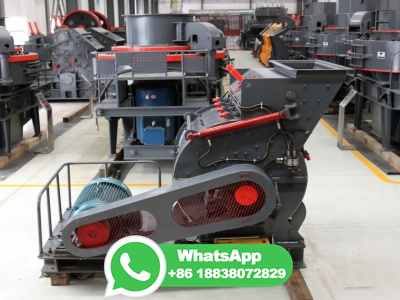Cement mill, Cement grinding mill All industrial manufacturers
cutting mill TG5000. horizontal for cement mobile. Rotational speed: 10 rpm. Motor power: 403 kW. Sound pressure: 77, 96, 117 dB. The TG5000 tub grinder from Vermeer is your machine for powerful processing in a convenient package, with a 540 hp (403 kW) engine and optional loader with grapple. With the new Series III duplex drum, the TG5000 ...






























